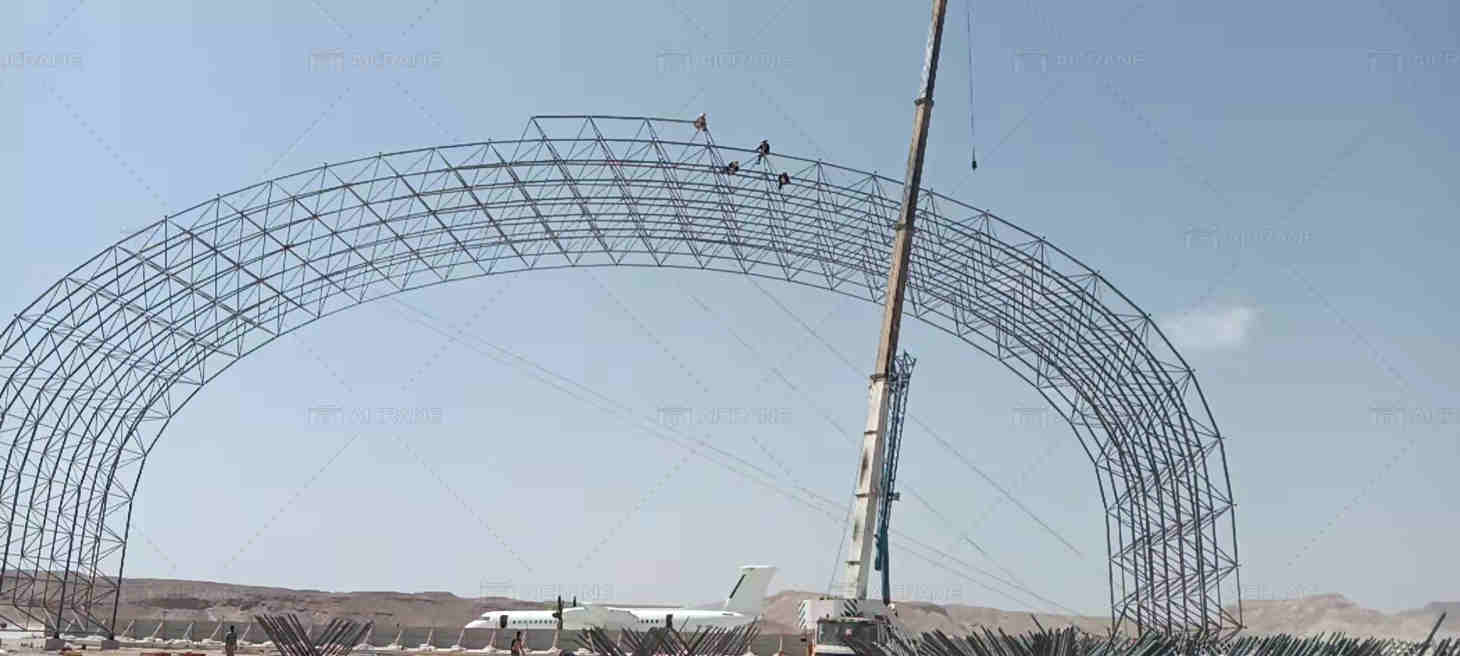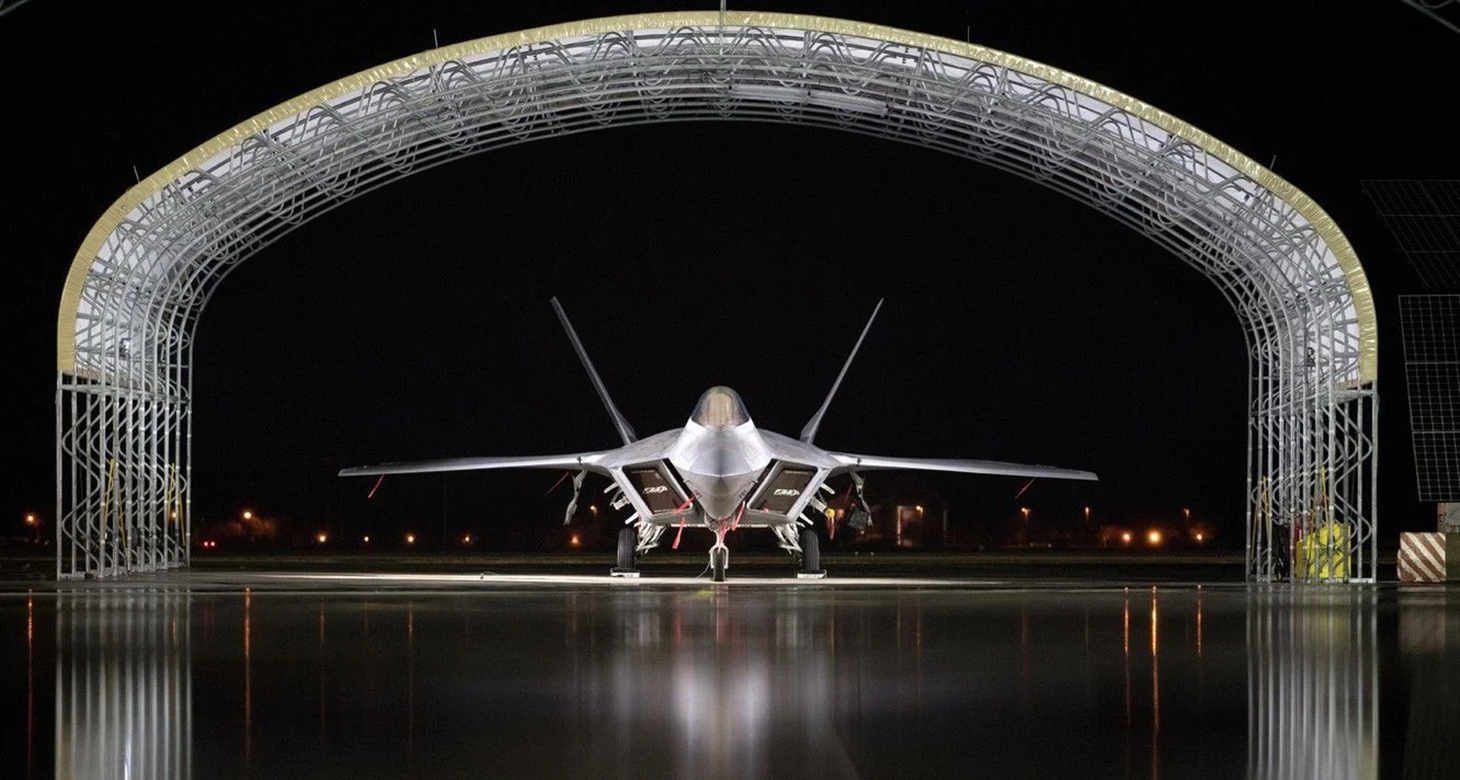Grid structures are widely used in construction, particularly for large spans and modern architectural designs. They offer strength, flexibility, and aesthetic appeal, making them popular choices in the construction of roofs, bridges, industrial buildings, and even sports arenas. However, the installation of a grid structure requires careful planning and execution to ensure safety, structural integrity, and long-term performance. This passage offers essential tips for the safe installation of grid structures.

Pre-Installation Planning and Design Review
Before starting the installation of a grid structure, one of the most critical steps is thorough planning and a detailed review of the design. Proper preparation helps prevent errors and ensures the grid system will function as intended.
Understand the Design Specifications: Every grid steel structure is unique in terms of material, load-bearing capacity, geometry, and function. It is essential to understand the technical drawings, specifications, and structural calculations before proceeding with the installation.
Coordination with Engineers and Architects: Communication between engineers, architects, and the construction team is crucial. Ensure that the design aligns with the building’s purpose and other components, including foundations and supports.
Review Load Calculations: One key aspect of grid structure safety is ensuring that the grid can bear the intended loads. It’s important to review the load calculations to confirm the grid can handle the weight of the building materials, equipment, and people involved in the installation process, as well as any long-term operational loads.
Evaluate the Material Quality: Materials used in grid structures must meet industry standards for strength and durability. Ensure that the materials are free from defects, and confirm the supplier’s certifications and quality control standards.
Site Preparation
A safe and solid foundation is crucial for the installation of any steel structure like steel structure factory. For grid structures, site preparation is essential to prevent issues during the installation process.
Assess Ground Conditions: Before installing a grid structure, ensure that the site is adequately prepared. The foundation must be stable and level to avoid shifting during installation. Soil conditions should also be assessed to ensure that they can support the weight of the grid structure and any loads that will be placed on it.
Clear the Installation Area: The area where the grid will be assembled should be cleared of debris, obstructions, and any other materials that could interfere with the installation process. This includes ensuring that the ground is even and compact to ensure safety during the assembly.
Ensure Adequate Space: A grid structure, especially larger ones, requires a considerable amount of space for installation. Make sure there is sufficient room for cranes, hoists, and personnel to work safely. The work environment should be free from obstacles that could hinder the safe movement of materials.
Use of Proper Equipment
The safe installation of a grid structure heavily depends on the correct use of specialized equipment. Using substandard tools or incorrect machinery can lead to accidents or damage to the structure.
Crane and Hoist Usage: A crane is often required to lift heavy grid panels into place. Ensure that the crane’s load-bearing capacity is suitable for the grid structure. The crane operator should be properly trained and should communicate effectively with the installation team to coordinate the lifting process.
Lifting and Rigging Equipment: Use high-quality lifting equipment, including slings, chains, and hoists. Ensure that all rigging equipment is inspected before use and rated for the weight of the grid components. Properly securing the grid panels to lifting equipment is essential to prevent accidental drops during hoisting.
Safety Gear: All personnel involved in the installation must wear appropriate safety gear, such as hard hats, gloves, safety boots, and harnesses. In high-altitude work, fall protection systems, including ropes and lanyards, should be used to minimize the risk of accidents.
Follow Safety Protocols and OSHA Guidelines
Ensuring the safety of workers during the installation of a grid structure is paramount. It’s crucial to follow established safety protocols to minimize the risk of accidents.
Create a Safety Plan: Before starting installation, create a detailed safety plan that includes risk assessments, emergency procedures, and communication protocols. This plan should cover the entire installation process, from hoisting materials to final assembly.
Adhere to OSHA Regulations: Occupational Safety and Health Administration (OSHA) regulations should be strictly adhered to during the installation process. These regulations cover everything from the safe use of equipment to the proper handling of materials and the implementation of fall protection systems.
Provide Training: Ensure that all workers are adequately trained in the installation process. This includes training on how to handle materials, use lifting equipment, and respond in emergency situations. Workers should also be familiar with all safety equipment and emergency evacuation plans.
Supervision and Safety Checks: A supervisor should be present at all times during the installation to oversee safety protocols and ensure that workers follow procedures. Regular safety checks should be conducted throughout the process to ensure the site remains hazard-free.

Proper Assembly and Erection
Once the grid structure materials are prepared and the site is clear, the next step is the careful assembly and erection of the grid. This phase requires precision and attention to detail to avoid any structural weaknesses or errors.
Start from the Base: When assembling the grid structure, begin with the base frame and ensure that all connections are secure before moving upward. The stability of the base is critical for the integrity of the entire grid.
Use Temporary Supports: During the installation of the grid panels, it is important to use temporary supports or braces to ensure that the grid stays in place during assembly. These supports will prevent the grid from shifting or collapsing before it is fully erected.
Ensure Accurate Alignment: Use measuring tools such as laser levels and plumb bobs to ensure that each part of the grid is correctly aligned during the installation. Misalignment can lead to structural instability and affect the overall performance of the grid structure.
Sequential Assembly: Install grid panels in a systematic, sequential manner. Start from one end and work your way through the entire structure. This approach prevents the panels from becoming unstable and minimizes the risk of accidents.
Check for Stability and Final Inspection
After the grid structure has been fully installed, it is crucial to conduct a thorough final inspection to ensure its stability and compliance with safety standards.
Inspect Joints and Connections: Examine all joints and connections to make sure that bolts, welds, or other fastenings are tight and secure. Any loose or poorly secured connections can compromise the structural integrity of the grid.
Test Load-Bearing Capacity: Depending on the purpose of the grid structure, a load test may be necessary to verify that it can safely handle the expected weight. This should be done under controlled conditions and with the appropriate safety measures in place.
Check for Structural Defects: Inspect the grid structure for any signs of defects or damage, such as cracks, rust, or deformation. Any structural defects should be addressed immediately to prevent safety issues down the line.
Final Approval: Once the grid structure passes inspection and meets safety standards, obtain the necessary approvals from relevant authorities or project managers before the structure is put into use.
The installation of a grid structure requires meticulous planning, the use of appropriate equipment, adherence to safety regulations, and skilled labor. By understanding the design requirements, preparing the site adequately, and following proper installation procedures, you can ensure the grid structure is safely and efficiently installed. Regular inspections and maintenance are also essential to guarantee the long-term safety and functionality of the structure. By prioritizing safety, you not only protect the workers and assets on-site but also ensure the structural integrity and success of the project in the long run. Some reliable manufacturers like Aicrane provide installation service. You can seek help from them.